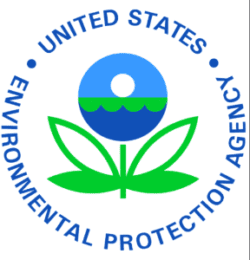This indicator measures the length of the growing season in the contiguous 48 states.
This indicator looks at the impact of temperature on the length of the growing season in the contiguous 48 states, as well as trends in the timing of spring and fall frosts. For this indicator, the length of the growing season is defined as the period of time between the last frost of spring and the first frost of fall, when the air temperature drops below the freezing point of 32°F. This is referred to as the frost-free season.
Changes in growing season have been calculated using temperature data from 750 weather stations throughout the contiguous 48 states. These data were compiled by the National Oceanic and Atmospheric Administration’s National Centers for Environmental Information. Growing season length and the timing of spring and fall frosts were averaged across the nation, then compared with long-term average numbers (1895–2015) to determine how each year differed from the long-term average.




